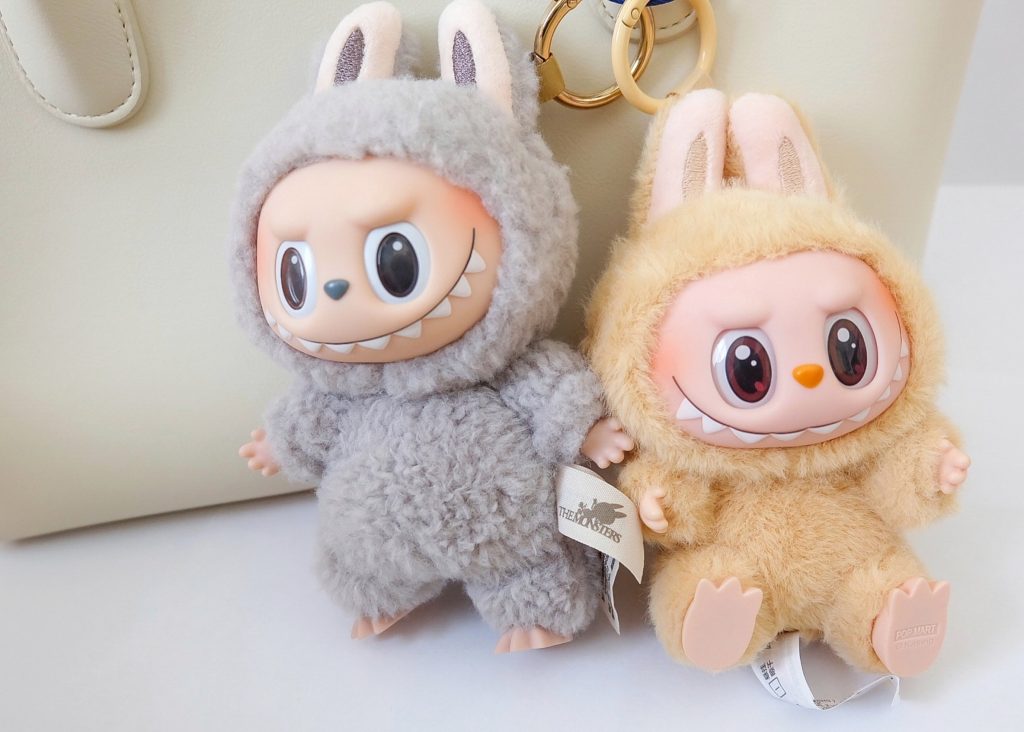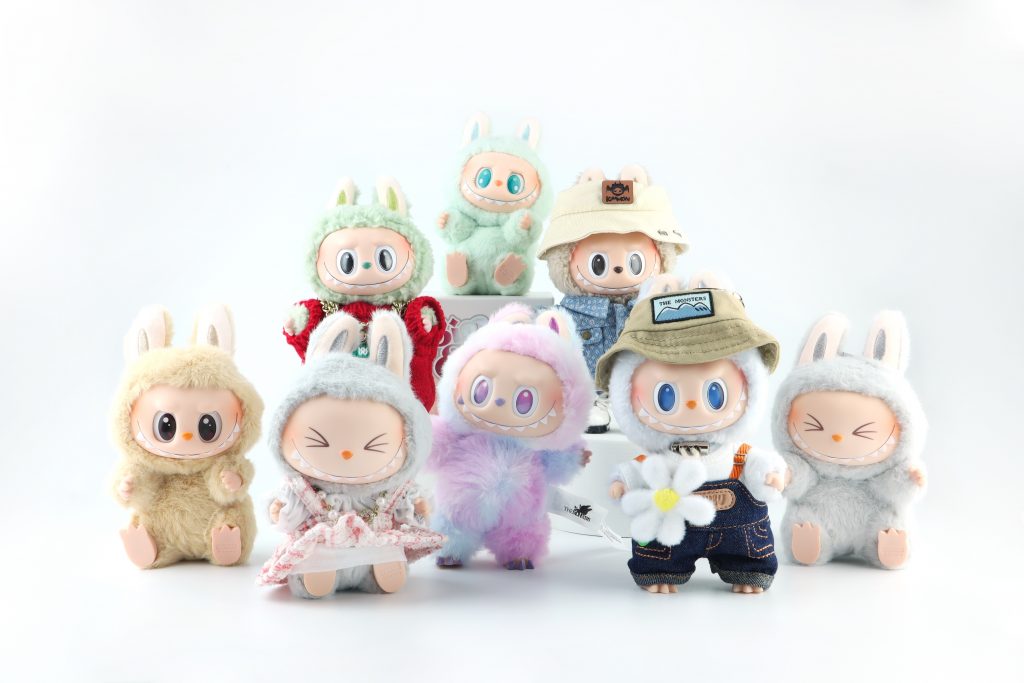The Rise of Labubu: Blind Boxes, Hype, and the Thrill of the Hunt
In the ever-evolving world of collectibles, few characters have managed to spark as much excitement and frenzy as Labubu, a mischievous plush monster elf dreamed up by Hong Kong-Dutch artist Kasing Lung. What started as a niche product in designer toy circles has exploded into a global sensation, driven by celebrity endorsements, social media buzz, and the irresistible allure of the blind box.

The Social and Celebrity Spark Behind Labubu
Labubu’s mainstream popularity began to take off in April 2024, when Blackpink’s Lisa was photographed with a Labubu keychain hanging from her bag. Within days, social media in Southeast Asia lit up with discussions and posts about the quirky character, and soon enough, celebrities like Rihanna, Dua Lipa, and Kim Kardashian were seen flaunting their own Labubu charms. The snowball effect was immediate: collectors and casual fans alike rushed to buy Labubu figures, eager to join a phenomenon that was quickly going global.
At the heart of Labubu’s appeal is the blind box, a sealed package that contains a random toy from a themed series, with some boxes hiding rare “secret” editions. Manufactured by Pop Mart, a Beijing-based toy company renowned for its blind box strategy, Labubu figures became an experience and not just toys. Unboxing became a ritual, a shared moment of anticipation and surprise. Hunting for rare editions turned casual buyers into dedicated collectors, and social media amplified every discovery, trade, and swap.
Part of the fun lies in unpredictability. The possibility of uncovering a coveted rare figure adds a layer of excitement, transforming every purchase into a treasure hunt. The scarcity of “secret” editions only fuels the hype, with some rare Labubu toys being resold for more than 50 times their original price on online marketplaces, peaking at US$170,000. For many, the act of collecting became a social activity, a way to connect with friends and global communities through shared interests and the thrill of the chase.
From High-End Luxury to Playful, Affordable Joy
Labubu’s rise is also a reflection of broader changes in consumer behavior. In the years following the COVID-19 pandemic, sales of luxury goods surged as people indulged in “revenge spending” after months of lockdown. But as the world reopened and economic uncertainties lingered, many consumers began to pull back from big-ticket purchases. Instead, attention shifted to “smaller luxuries” that are affordable, charming items that offered a sense of joy without breaking the bank.
Designer toys like Labubu fit perfectly into this trend. With their playful, kitschy designs and accessible price points, they deliver a hit of happiness and nostalgia. Collectors can express their individuality and creativity without the intimidating price tags of high fashion or jewelry. The act of collecting itself becomes a form of self-expression and community building.


The Soft Power of Chinese and Hong Kong Culture
Labubu’s journey from a local designer’s vision to an international icon is also emblematic of a larger trend, namely the growing influence of Chinese and Hong Kong “soft power” in global pop culture. Just as Casetify, the Hong Kong-based phone accessory brand, has become a fixture in fashion and lifestyle scenes worldwide, Pop Mart’s in-house creations and collaborations with global franchises like Disney and Harry Potter have pushed Asian creativity to the forefront.
The global embrace of Labubu signals a new era in which Asian creativity is celebrated, not just at home but everywhere from Hollywood to high streets in Paris and New York.
More Than Just a Toy
Labubu’s explosive success encapsulates a major shift in global consumer behavior: the fusion of social media hype, celebrity influence, and the thrill of blind box collecting has propelled affordable, playful products over traditional luxury goods. As consumers seek unique, expressive, and accessible joys, brands like Pop Mart and creative figures from China and Hong Kong are not only setting trends but redefining global pop culture, proving that the future of influence lies in creativity, community, and strategic cultural export.